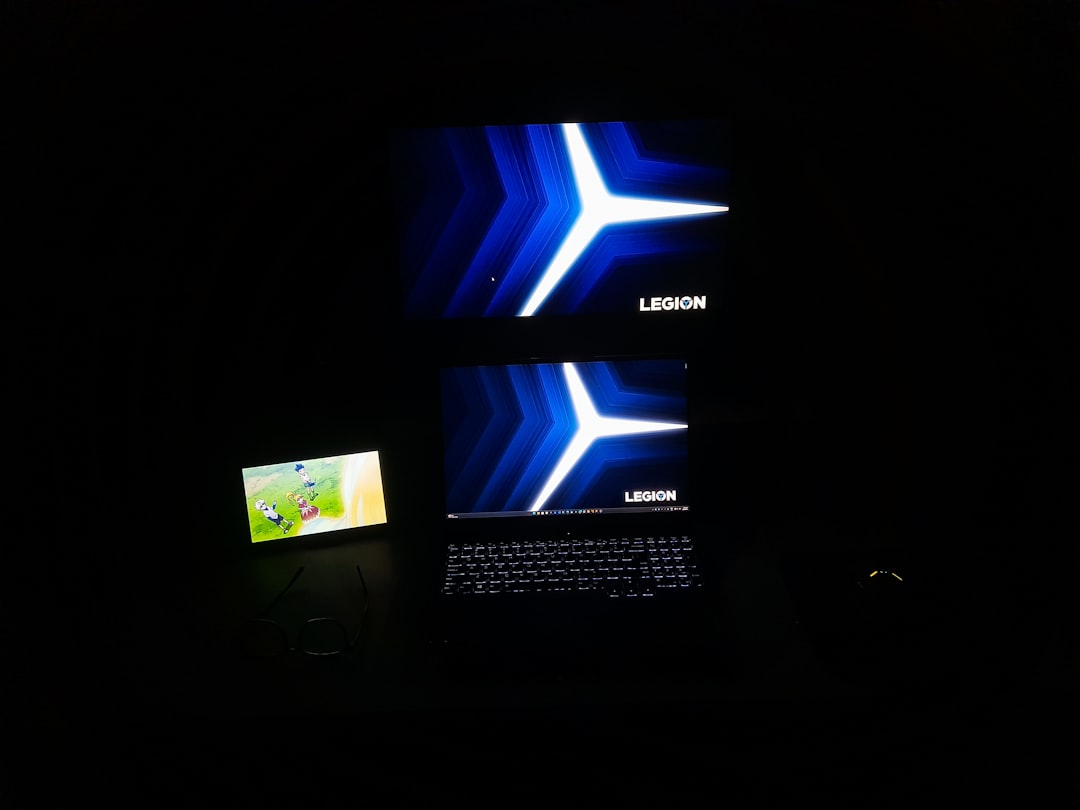Although MP4 is one of the most widely supported video file formats, Mac users sometimes encounter issues when trying to play MP4 files with QuickTime Player. If you’ve ever seen a “QuickTime Player can’t open this file” message, you’re not alone. This situation typically occurs because the MP4 container may include video or audio codecs that QuickTime doesn’t natively support. Fortunately, there are several reliable alternatives to help you play MP4 files on a Mac when QuickTime can’t handle the job.
1. Use VLC Media Player
VLC Media Player is an open-source, free multimedia player that supports a vast range of audio and video formats, including virtually all MP4 variations. It’s widely trusted for its stability and frequent updates.
- Compatibility: VLC supports nearly every codec you can imagine. Whether your MP4 file uses H.264, H.265, or less common formats, VLC will play it without requiring any additional downloads.
- How to Use: Simply download VLC from the official website, install the application, and open your MP4 file by dragging it into the player or using the File > Open menu option.

If you’re looking for a reliable, no-fuss way to play virtually any MP4 file, VLC is your best bet. It’s regularly updated and supported across macOS versions.
2. Convert MP4 to a QuickTime-Compatible Format
If you prefer to continue using QuickTime Player, converting your MP4 file into a format that the player can recognize is another effective solution. This method may be time-consuming, but it’s often effective if you’re looking for seamless playback within macOS.
To convert the file, you can use a free tool like HandBrake, a well-known, open-source video transcoder.
- Step 1: Download HandBrake from the official website and install it on your Mac.
- Step 2: Launch the application and open the MP4 file that QuickTime cannot play.
- Step 3: Choose a preset like Fast 1080p30 and set the format to MP4 (make sure to use H.264 as the video codec).
- Step 4: Click Start Encode and wait for the process to complete. Your file should now be playable in QuickTime.

This approach ensures that you’re not introducing any third-party software for playback, which may be preferred in corporate or security-sensitive environments.
3. Try a Dedicated Mac Video Player App
If VLC isn’t to your liking and you don’t want to bother with file conversion, another excellent option is to install a dedicated video player designed specifically with macOS in mind. These players often offer more polished user interfaces and extensive codec support.
Some popular alternatives include:
- Elmedia Player: A full-featured Mac-exclusive video player that supports a vast range of formats, including various MP4 codec combinations. It also allows subtitle loading and streaming via AirPlay.
- 5KPlayer: This player is well-known for its built-in support for 4K and 5K playback and also functions as a media streamer. It works seamlessly with MP4 files that won’t open in QuickTime.
These applications offer a great blend of visual design, native macOS compatibility, and robust format support.
Why QuickTime Sometimes Fails
While the MP4 file extension is standard, the internal structure—specifically, the codec—can vary significantly. QuickTime supports only a limited number of codec types (like H.264 for video and AAC for audio). If your MP4 file uses something like HEVC, MPEG-2, or an obscure audio format, it will fail to load in QuickTime.
This is why using versatile players or converting your files is crucial when you run into incompatibility problems.
Final Thoughts
Encountering MP4 playback issues on Mac doesn’t have to be a dead-end. Whether you choose to install a powerful universal player like VLC, convert your videos into a compatible format using HandBrake, or go for a polished Mac-native app like Elmedia or 5KPlayer, there are multiple trustworthy solutions at your disposal.
For most users, starting with VLC is the easiest and most effective route. However, if you’re working with a large media library or producing video content, having additional tools like HandBrake and a high-quality player ensures you’re never stuck staring at an error message again.



Leave a Reply